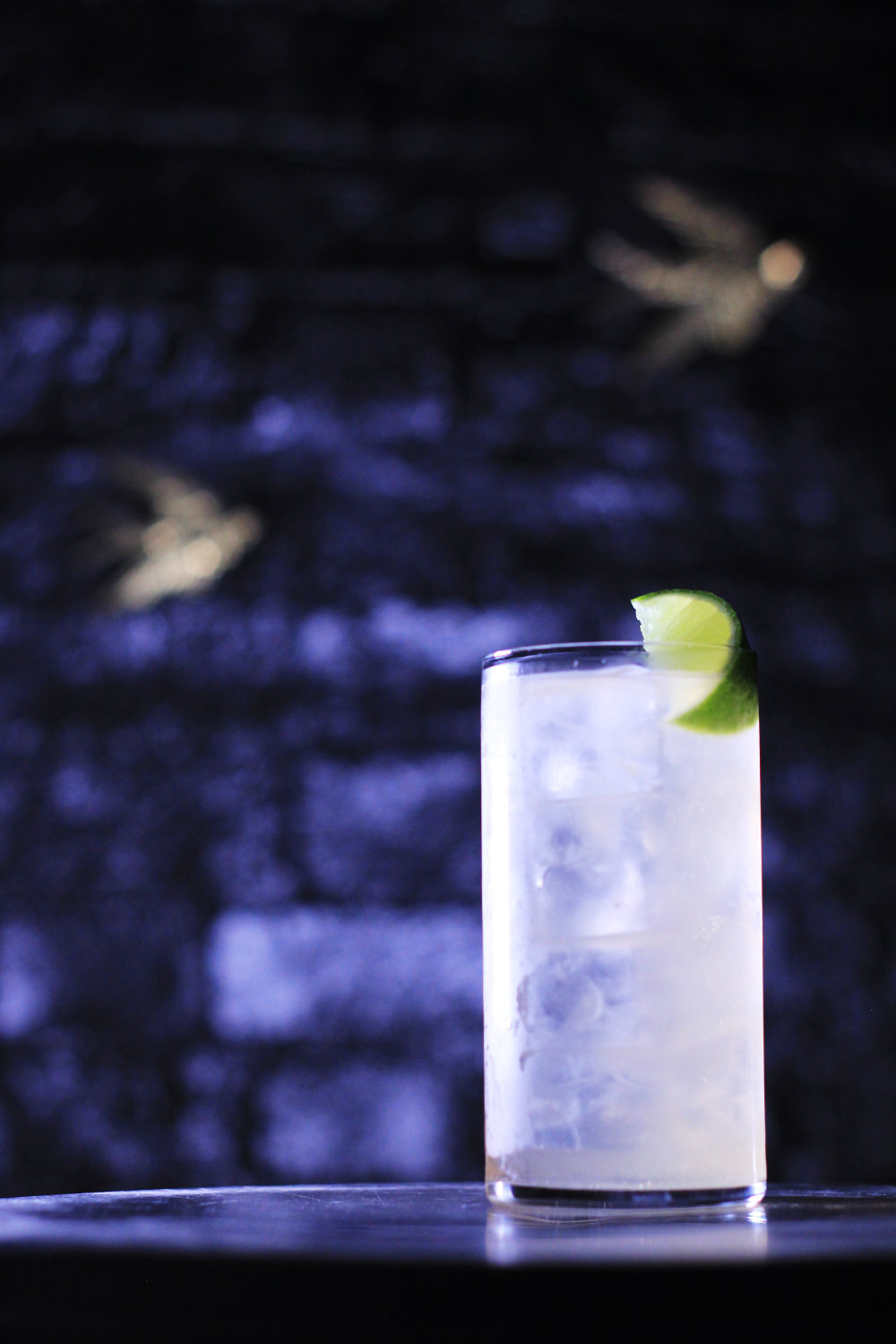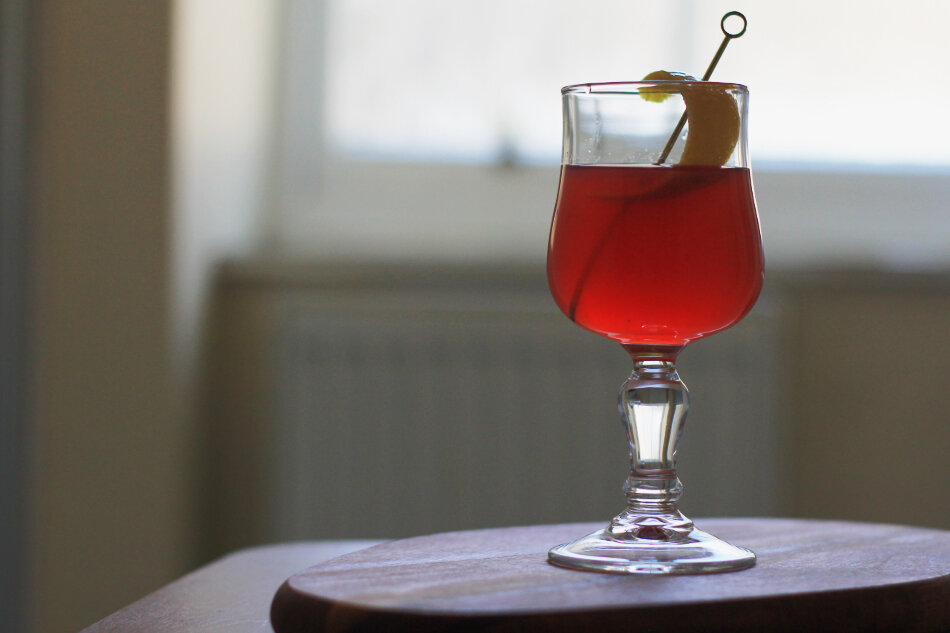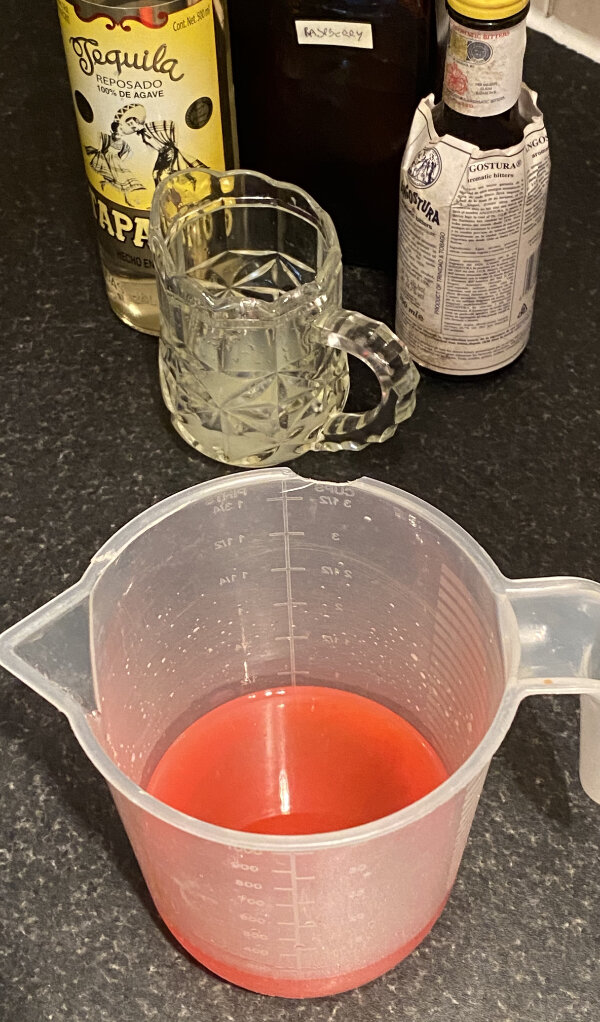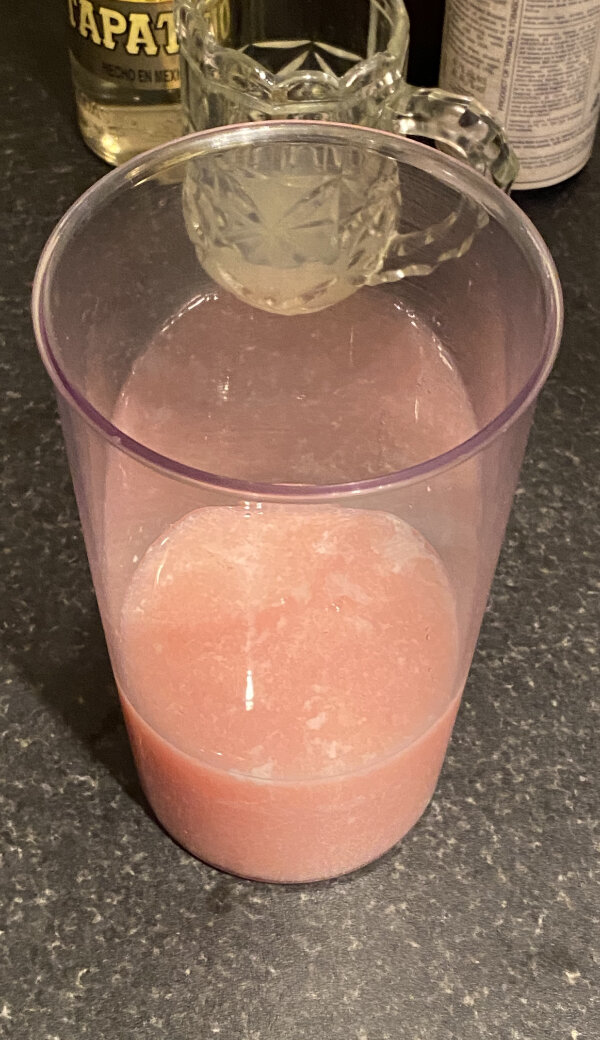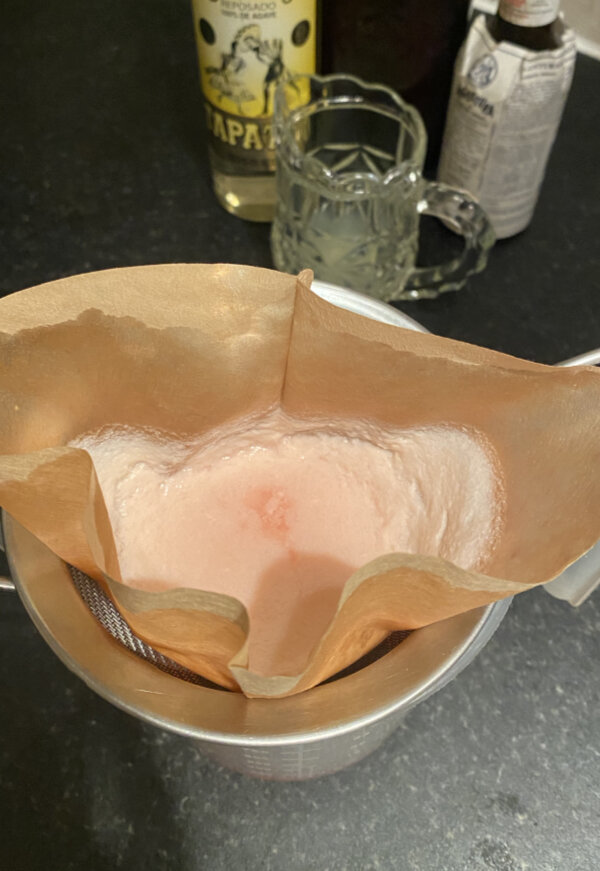Lockdown recipe diary #12: Bramble Italiano
Messing with classic recipes can be fraught. I tend to think that one of the reasons why some drinks stick in people’s mind is the simplicity of their recipes - not only are they easy to remember, they provide a good basis for experimentation.
A couple of years back, I wanted to add a long gin cocktail to the menu at the Last Word Saloon and I thought that the Bramble would be a good starting point. Putting a straight-ahead classic recipe version on the menu wasn’t an option as we were doing that at the Last Word’s sister which is even named after the drink, so I spent a bit of time thinking about how I wanted to keep a similar vibe while making this new recipe distinct enough to be considered its own thing.
Bramble Italiano
45 ml / 1.5oz gin
20 ml / 0.66 oz Cocchi Aperitivo Americano
10 ml / 0.33 oz orgeat
20 ml / 0.66 oz lemon juice
2 bar spoons creme de mure
1 bar spoon Campari
Pour the first four ingredients into a highball glass, and fill with crushed ice.
Garnish with a lemon wheel and a blackberry.
Mix the creme de mure and Campari in a small jug (a milk jug is perfect) and float on the top of the drink immediately before serving.
I decided that I wanted to bring a bit of an Italian aperitif feel, so I added a bit of Cocchi Americano rather than just having gin as the base spirit. I swapped in some orgeat instead of a basic sugar syrup to add a bit of texture and a bit of shading to the sweet element of the drink. Finally, the one base taste that’s not really present in a classic Bramble recipe is bitterness, and I wanted to bring some of that so rather than crowning the drink traditionally with creme de mure, I mixed that with some Campari.
The point of this drink isn’t to be “better” than a Bramble. It’s definitely an homage but the overall idea is to use the template of a drink that’s popular and known to draw people in trying things they’re less familiar with.

